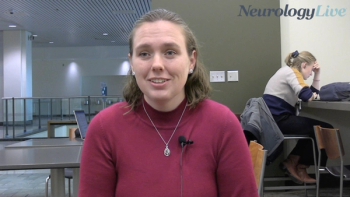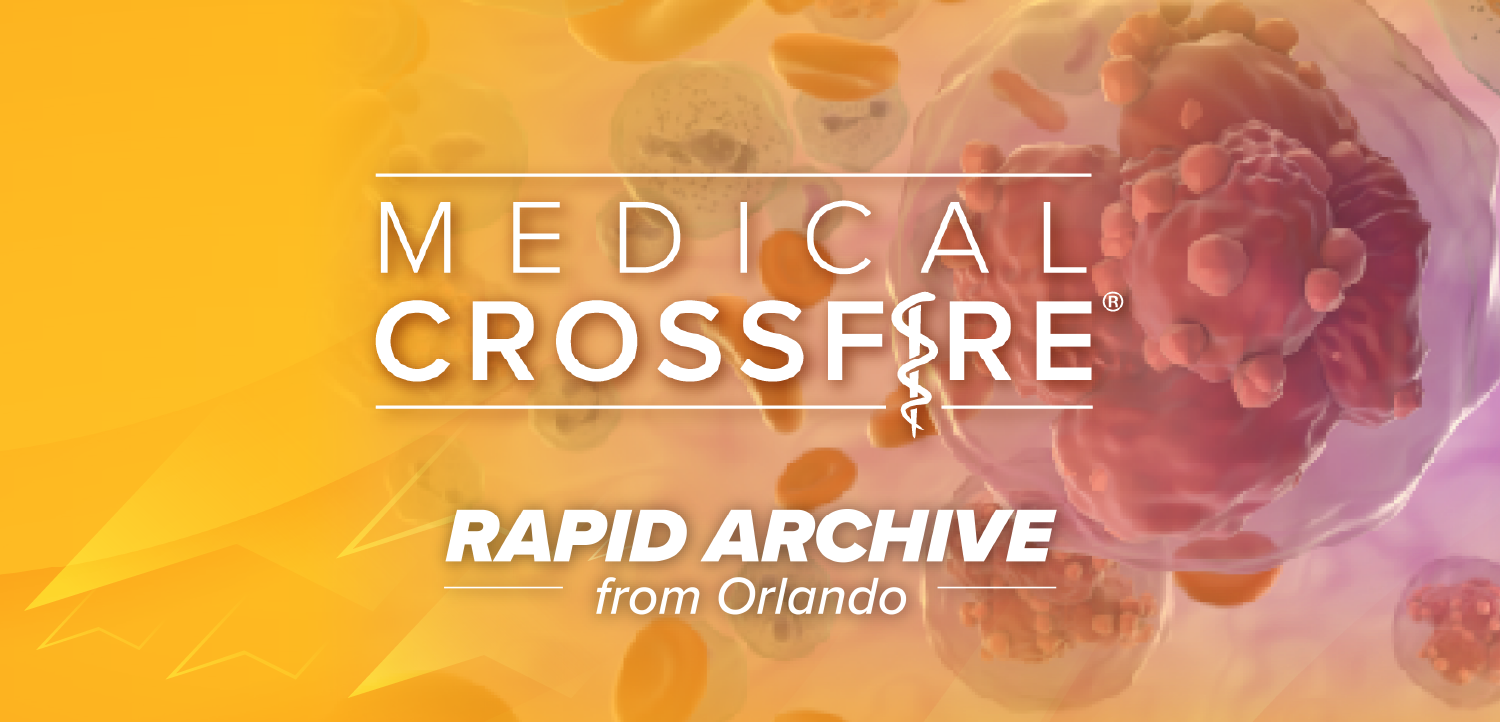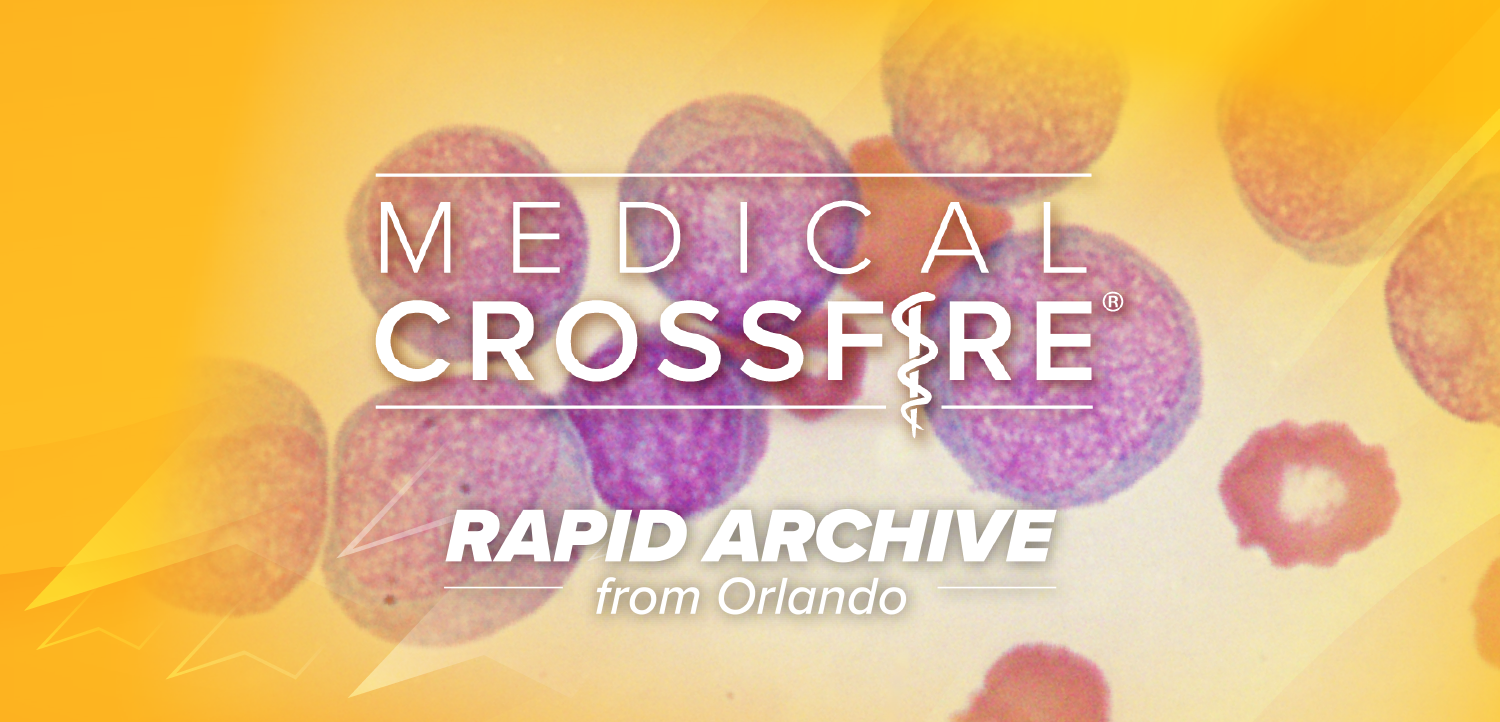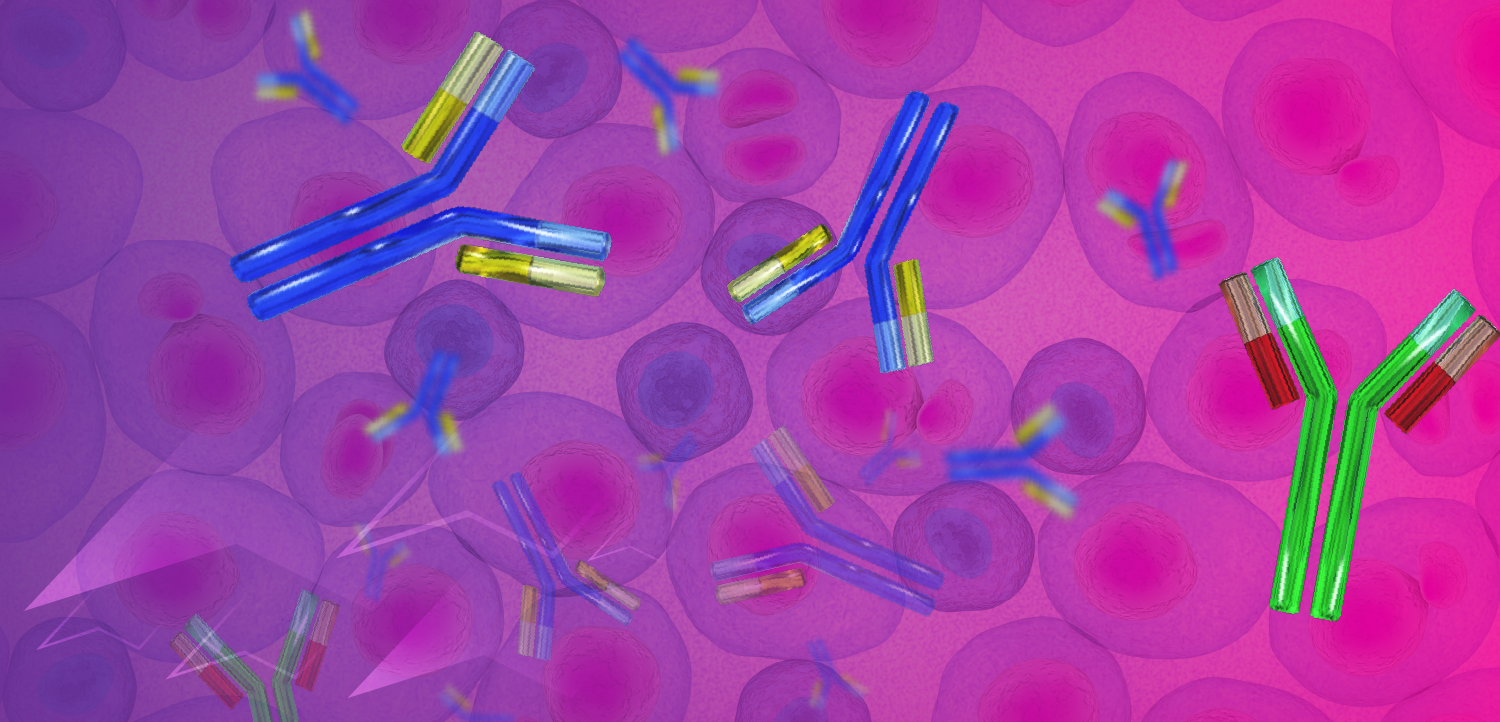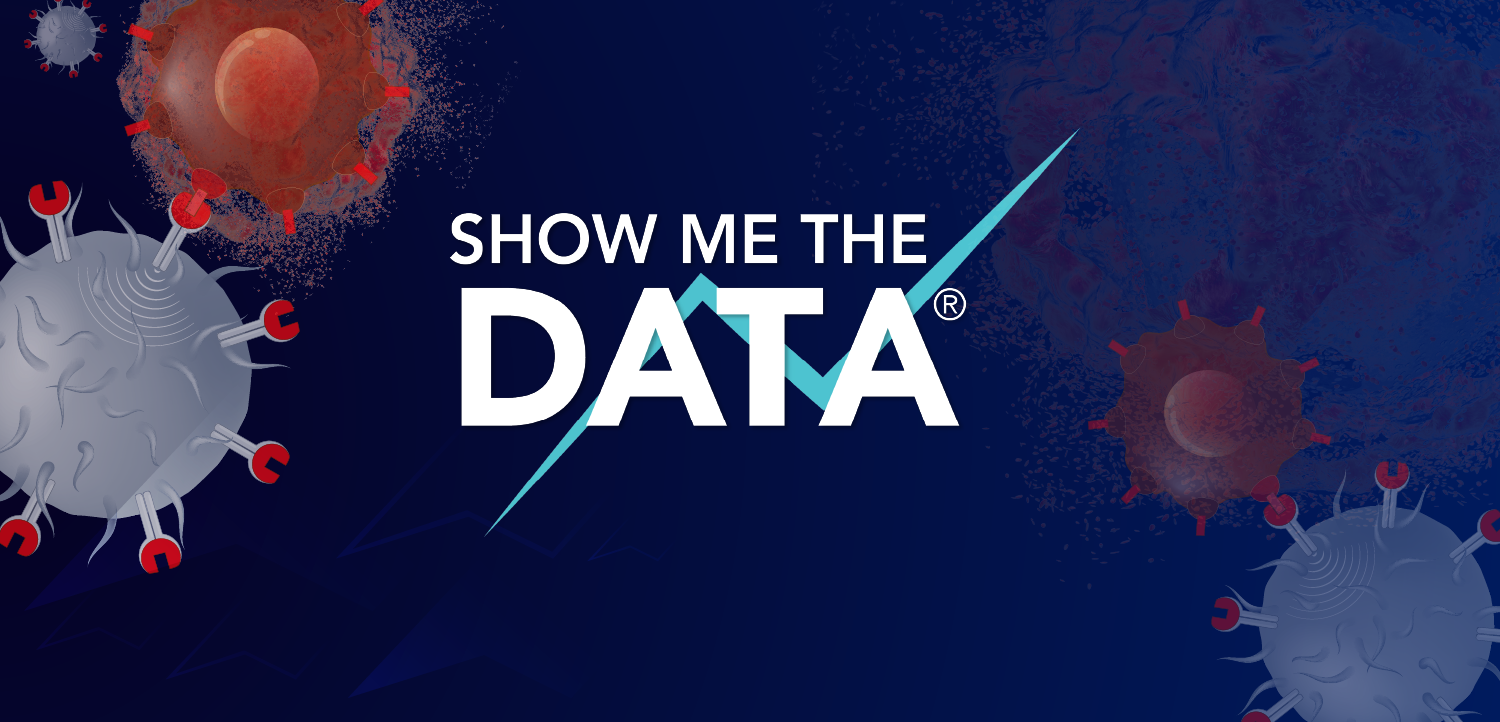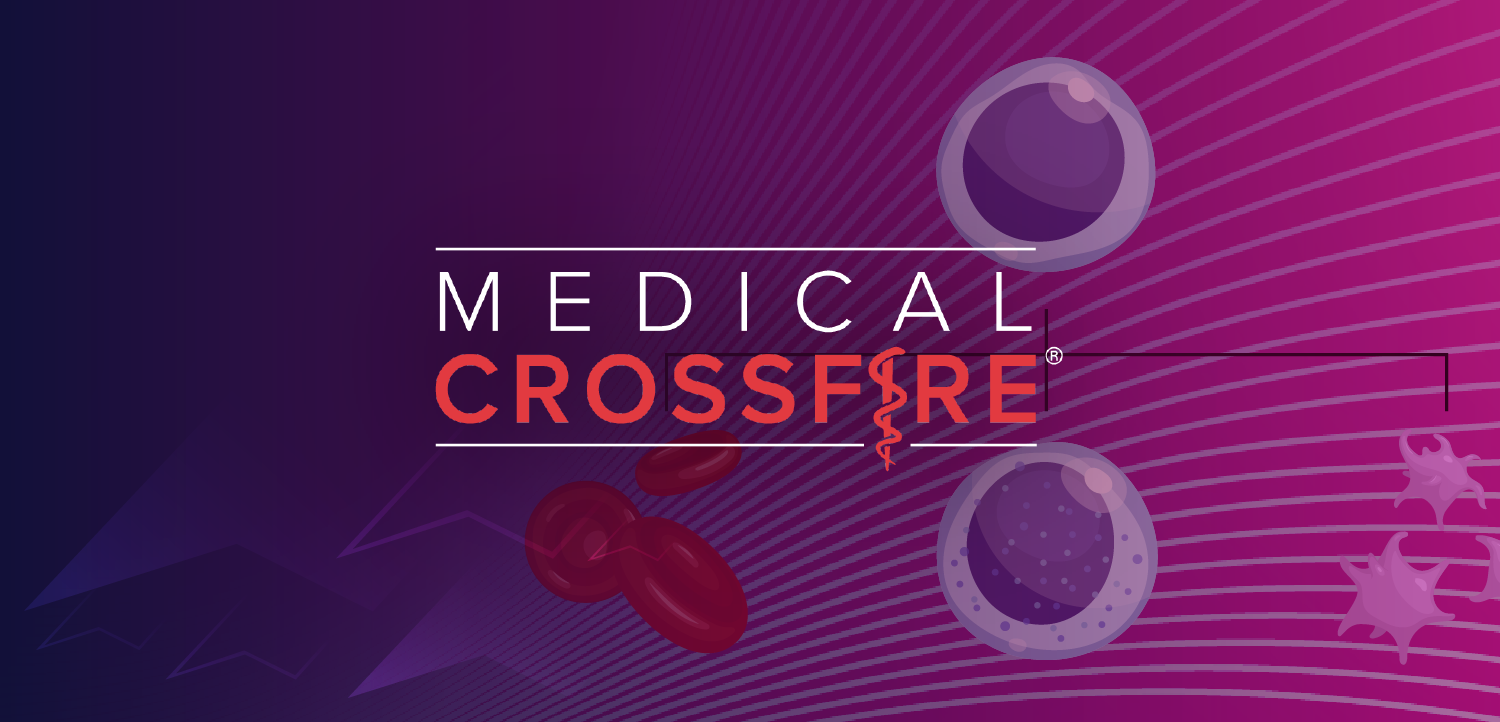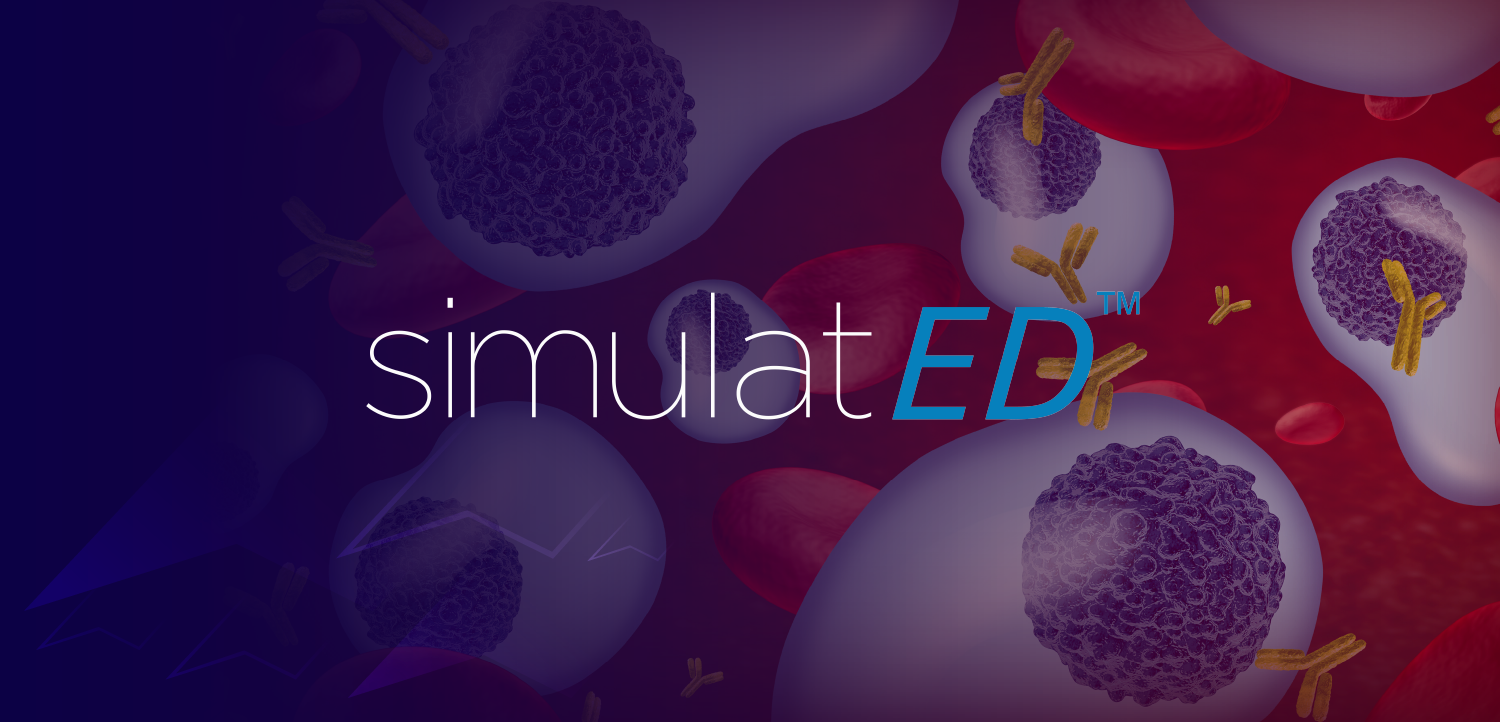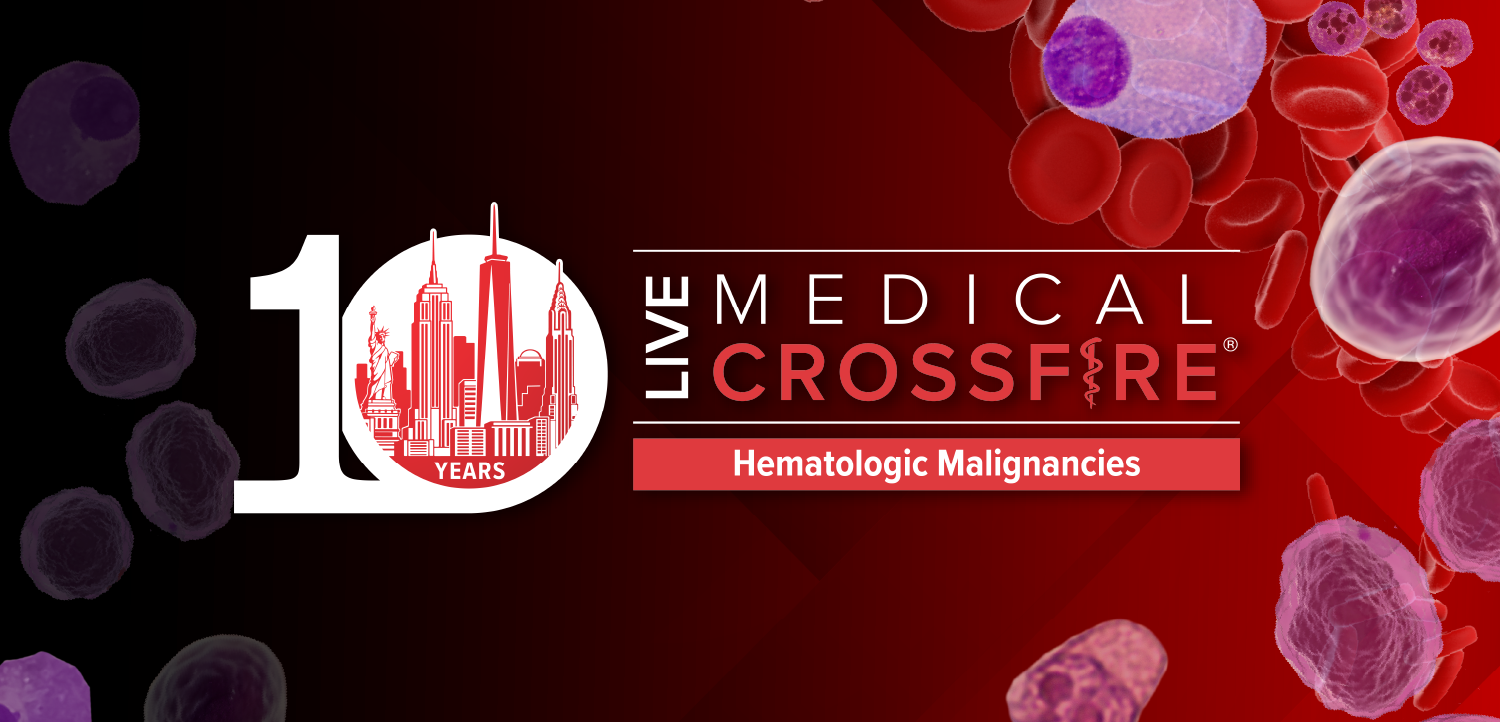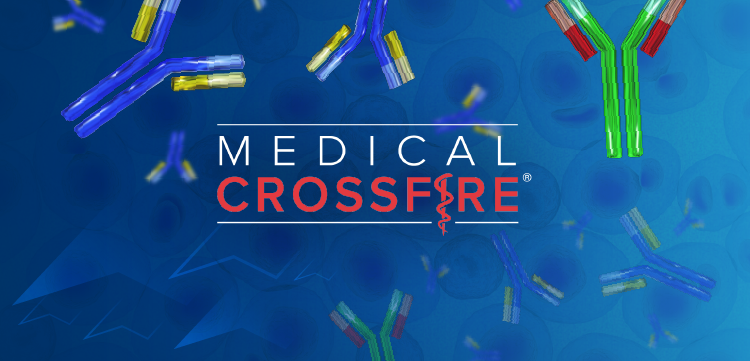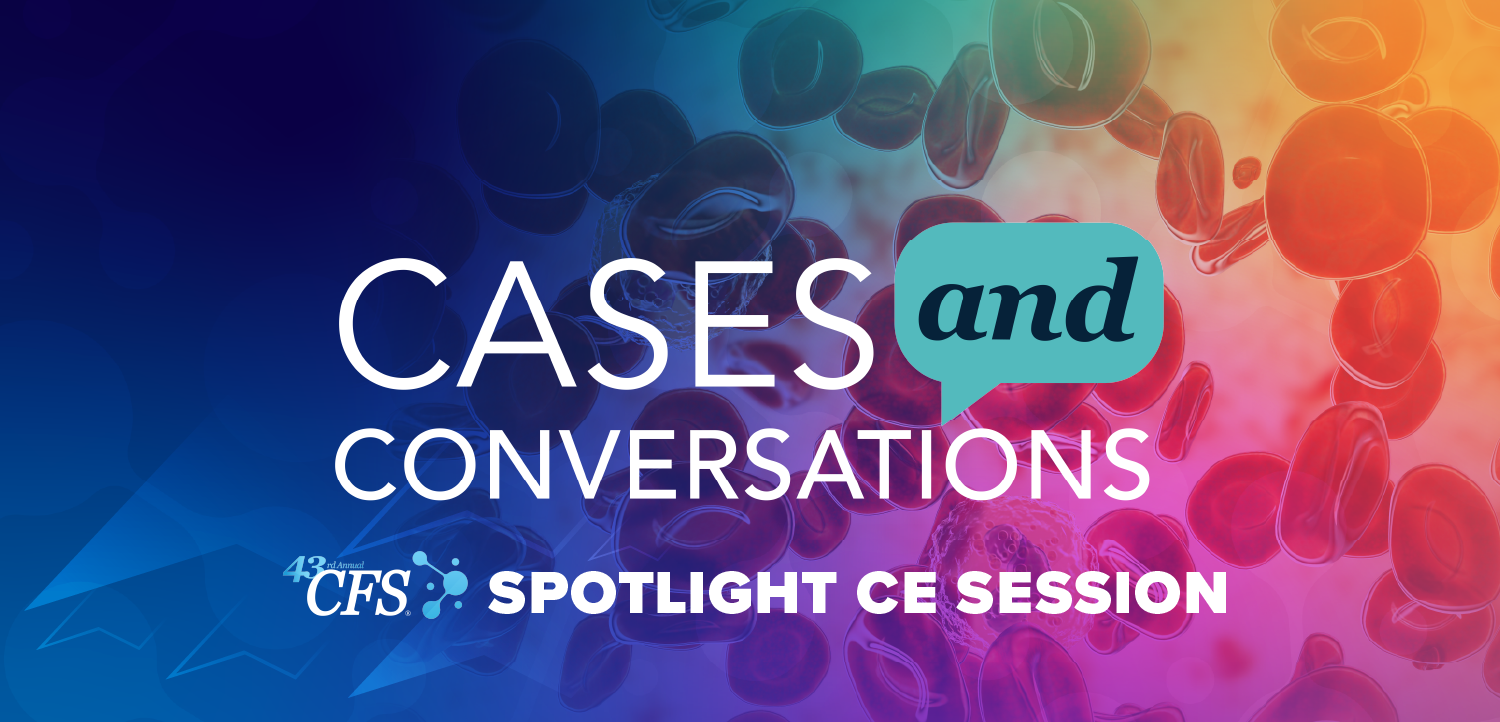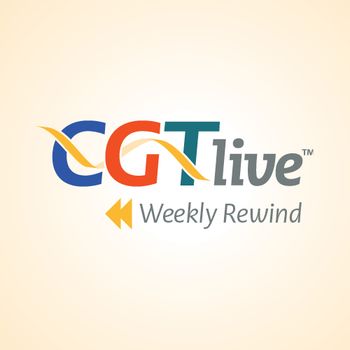
Benefits of WBRT for Brain Metastases
In elderly patients with brain metastasis secondary to small cell lung cancer, whole brain radiation therapy was linked to a modest rise in survival.
In elderly patients with brain metastasis secondary to small cell lung cancer (SCLC), whole brain radiation therapy (WBRT) was linked to a modest rise in survival in patients not fit for chemotherapy, with no survival benefit vs. chemotherapy alone, according to the results of a
“The geriatric cancer patient represents an understudied population as they are often excluded from randomized studies with varying age cut-offs,” wrote authors, led by Paul Renz, Allegheny Health Network Cancer Institute, Division of Radiation Oncology, Pittsburgh.
In the current study, investigators mined the National Cancer Database to assess survival outcomes following WBRT in 1615 patients aged ≥75 years old (median age, 79 years) diagnosed with SCLC and brain metastases. Subjects were categorized by type of therapy: chemotherapy + WBRT (n = 576); chemotherapy alone (n = 238); WBRT alone (n = 360); and no chemotherapy or WBRT (n = 441)
At the time of analysis, 1530 of the study cohort died, resulting in a median overall survival (OS) of 2.9 months, as well as a 6-month survival of 31% for patients who received chemotherapy. In patients treated without chemotherapy, the median OS with WBRT was 1.9 months vs. 1.2 months in those who didn’t receive WBRT (P<.0001). For patients receiving chemotherapy with WBRT, the median OS was 5.6 months vs. 6.4 months in those who didn’t receive WBRT (p=.43). Results from multivariable regression indicated that age greater than 80, extracranial disease, male sex, and rural location all predict increased risk of death.
“My take on the data is that these are patients with very poor outcomes,” said Jan Drappatz, MD, a neuro-oncologist at UPMC Hillman Cancer Center, in an interview with Cancer Network. “These are patients are who go rapidly downhill. WBRT is reasonable to offer in terms of short-term palliation but obviously there is no durable benefit for the majority of these patients.”
He continues, “We generally offer [WBRT] to most of our patients unless patients are severely compromised even in this age group. There is some benefit in 6- and 12-months survival. There is a small subset that derive even more durable benefit.”
Dr. Drappatz pointed out that whole-brain therapy has neurological side effects, which when paired with the effects of brain cancer metastases, leads to considerable disability, including language impairment, motor impairment, cognitive deficits, and headache.
“If the disease doesn’t get you, the cognitive deficits [will]. If you are one of the lucky few that make it out 12, 18, 24 months, there is no question that these patients will have impairments as a consequence of radiation therapy,” said Dr. Drappatz.
When asked about other treatment alternatives for such patients, Dr. Drappatz mentioned immunotherapy.
“Immunotherapy has been increasingly used for small cell cancer. Nothing works as well in the central nervous system as [it does] the rest of body. But you can induce responses and particular [types of] immunotherapy [for the treatment of] small cell lung cancer,” he said. Dr. Drappatz noted that despite numerous challenges, immunotherapy is a good option for those eligible. “Treating brain mets with immunotherapy is, in some ways, challenging because often these patients have high symptom burden, edema, and they are on steroids. If you have larger brain mets, you require a lot of steroids. Steroids are immunosuppressive and counteract immunotherapy. Use of immunotherpay for brain mets is challenging and tricky especially with steroid requirements. By all means, however, if you are lucky and respond to immunotherapy that would be a certainly a better way to go. “
References:
https://www.geriatriconcology.net/article/S1879-4068(18)30416-8/fulltext
Newsletter
Stay at the forefront of cutting-edge science with CGT—your direct line to expert insights, breakthrough data, and real-time coverage of the latest advancements in cell and gene therapy.



